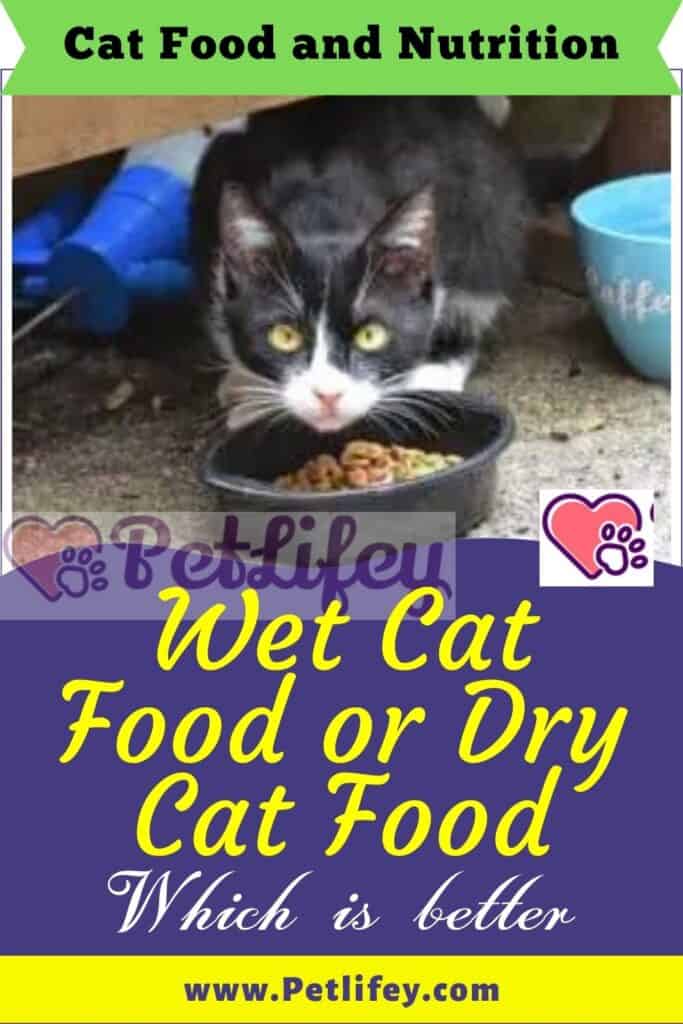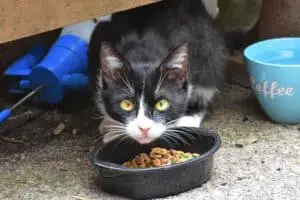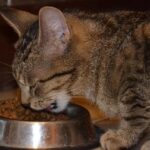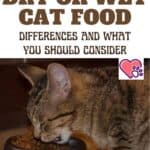
If you own a cat, you may have wondered if wet cat food is right for them or if dry food is better: benefits, frequency and comparison between wet cat food and dry food
Feeding the cat: wet food or dry food?
A balanced diet is essential for the health of the cat at all ages: just like the dog’s diet, the cat must also follow a diet suited to its needs and well-being, which provides for the presence of all nutrients.
There are many different types of cat food available on the market, and in particular we can distinguish dry food from wet cat food: which of the two is better to base the diet of our feline friend? Is wet food good for cats? How much can you eat and how often?
In this article we will answer questions about wet food for cats and in particular we will see the comparison with dry food, the frequency and quantities suitable for keeping your kitty in perfect health.
Wet cat food: what are the benefits?
Benefits of wet cat food
Wet cat food, that is the classic box, is an excellent food for feline nutrition because it has a good water content: water is essential for the cat’s health because it helps prevent kidney diseases and urinary tract infections, very frequent among our four-legged friends. In addition, cats particularly appreciate wet food and for this reason the cans are suitable for cats who are inappetent or convalescing.
How many cans for cats can you give?
Wet food cannot be the basis of the cat’s diet: experts recommend giving the cat the can no more than once a week, to avoid overweight problems but also to the teeth or thyroid. Be careful to choose cat tins that contain complete wet cat food, possibly with natural ingredients and without sugars.
Dry cat food: advantages and quantity of kibble

Dry cat food, the so-called croquettes, contain very little water compared to cans but have many other advantages: they are essential for chewing and dental health and have a reduced calorie content, therefore they do not create problems of overweight.
Experts recommend basing the feline diet on kibble, giving your cat dry food 6 days a week out of 7. If your cat drinks very little, however, your vet may advise you to make an exception and increase the number of cans per week.
What to do if the cat does not want dry food
Some cats just don’t want to know how to eat kibble and are greedy only for canned food: in these cases, if our attempts do not lead to anything, let’s resign ourselves and give our cat only wet food. If the cat eats only cans, his diet should be supplemented with fruit and vegetables, to keep his teeth healthy and clean.
If the cat does not really want cat food, neither wet nor dry, but looks at us with appetite while we eat, then we can try a home diet: in this case, its nutrition will have to be based on meat and fish, without forgetting the egg.
In any case, if your cat does not like food made especially for him, we recommend that you consult your veterinarian to set the right menu to keep your feline friend in perfect health.






